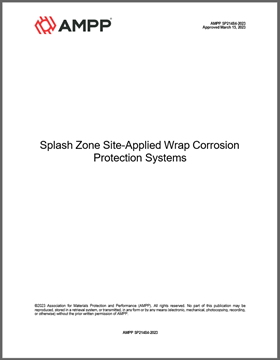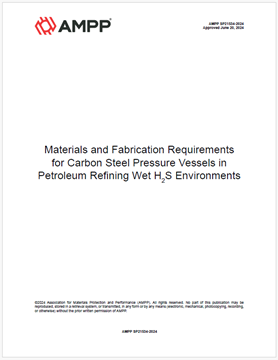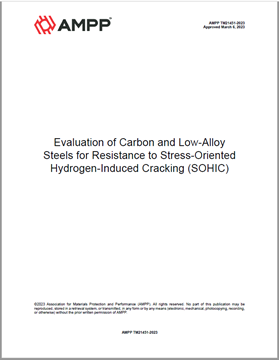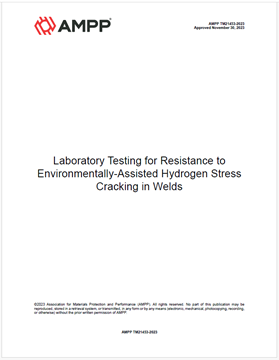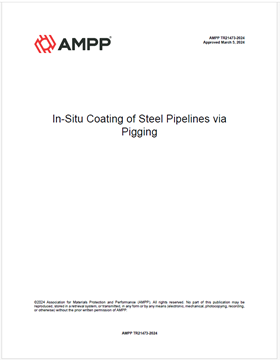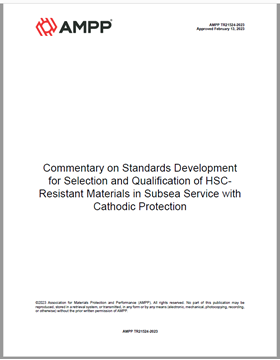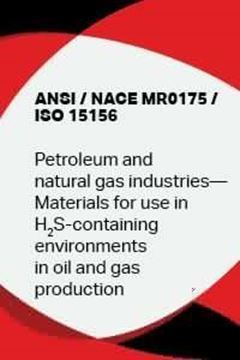Search
Oil and Gas Production
View as
Sort by
Display
per page
AMPP SP21484-2023, Splash Zone Site-Applied Wrap Corrosion Protection Systems
Product Number:
AMPP SP21484-2023
Publication Date:
2023
$109.00
AMPP SP21534-2024, Materials and Fabrication Requirements for Carbon Steel Pressure Vessels in Petroleum Refining Wet H2S Environments
Product Number:
AMPP SP21534-2024
Publication Date:
2024
$109.00
AMPP TM21451-2023, Evaluation of Carbon and Low-Alloy Steels for Resistance to Stress-Oriented Hydrogen-Induced Cracking (SOHIC)
Product Number:
AMPP TM21451-2023
Publication Date:
2023
$109.00
AMPP TM21453-2023, Laboratory Testing for Resistance to Environmentally-Assisted Hydrogen Stress Cracking in Welds
Product Number:
AMPP TM21453-2023
Publication Date:
2023
$109.00
AMPP TR21473-2024, In-Situ Coating of Steel Pipelines via Pigging
Product Number:
AMPP TR21473-2024
Publication Date:
2024
$109.00
AMPP TR21524-2023, Commentary on Standards Development for Selection and Qualification of HSC-Resistant Materials in Subsea Service with Cathodic Protection
Product Number:
AMPP TR21524-2023
Publication Date:
2023
$109.00
ANSI/NACE MR0175/ISO 15156-1 Technical Circular 1 (2017)
Product Number:
15156-1-SG2017
Publication Date:
2017
$0.00
ANSI/NACE MR0175/ISO 15156-2 Technical Circular 1 (2017)
Product Number:
15156-2-SG2017
Publication Date:
2017
$0.00
ANSI/NACE MR0175/ISO 15156-2 Technical Circular 3 (2019)
Product Number:
15156-2-SG2019
Publication Date:
2019
$0.00
ANSI/NACE MR0175/ISO 15156-2009 (Chinese), Petroleum and Natural Gas Industries—Materials for Use in H2S-Containing Environments in Oil and Gas Production
Product Number:
21310-SG
ISBN:
1-57590-176-5
Publication Date:
2009
$310.00

